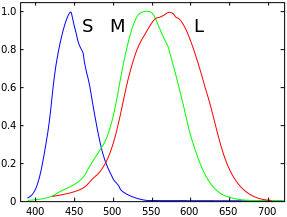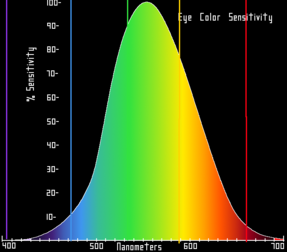RBA
Well-known member
I haven't posted an image here in a while, so here I go...
This is a 2x2 mosaic wide field of the North Celestial Pole, featuring one of the best friends of astrophotographers in the Northern Hemisphere: Polaris. In fact, for us nomadic imagers, Polaris is not only our friend, but at the beginning of each session, we get on our knees and what may seem as an imager doing polar alignment, we're in fact PRAYING to the Northern Star that the session goes well! ;D
The image also features a copious amount of galactic cirrus (some of it displaying some very cool structures), one of the oldest known open clusters (NGC 188, at the bottom-middle), and Delta Um (middle right, the second star in Ursa Minor's tail)
Here's a smaller version:

And here's a link to a larger version: http://deepskycolors.com/pics/astro/2010/11/mb_2010-11_NCP_3k.jpg
Orientation: north is IN
If you'd like to see where the North Celestial Pole actually is, you can see it here:

The data was captured over the course of two nights next to the DARC Observatory under 21.3 mag skies (that's at the Zenith), average transparency and bad seeing, and the processing was roughly 75% PixInsight and 25% CS5. DARC is around 120 miles from my home, so that makes this a 480 miles image ;-) Not a lot of data (1h lum and 18m each color filter per frame) as I started the project when the Moon was already getting bit and setting late.
The image is also a testimony of how nice the polar scope of the EM400 mount is, as that's the only method I used both nights to polar align (no drift, etc) and as everyone knows, imaging near the pole requires a good polar alignment, but of course, this image is not near the pole but on the pole itself! The forgiving resolution of the FSQ of course does help, but still, not bad at all.
As always, I identify a number of "I shouldn't have done that" or "I should have done this that other way" during the processing, but overall, and considering how seldom this area has been photographed, I think it does it justice somehow as a display of the area, and I'm happy with the results.
This is a 2x2 mosaic wide field of the North Celestial Pole, featuring one of the best friends of astrophotographers in the Northern Hemisphere: Polaris. In fact, for us nomadic imagers, Polaris is not only our friend, but at the beginning of each session, we get on our knees and what may seem as an imager doing polar alignment, we're in fact PRAYING to the Northern Star that the session goes well! ;D
The image also features a copious amount of galactic cirrus (some of it displaying some very cool structures), one of the oldest known open clusters (NGC 188, at the bottom-middle), and Delta Um (middle right, the second star in Ursa Minor's tail)
Here's a smaller version:

And here's a link to a larger version: http://deepskycolors.com/pics/astro/2010/11/mb_2010-11_NCP_3k.jpg
Orientation: north is IN
If you'd like to see where the North Celestial Pole actually is, you can see it here:

The data was captured over the course of two nights next to the DARC Observatory under 21.3 mag skies (that's at the Zenith), average transparency and bad seeing, and the processing was roughly 75% PixInsight and 25% CS5. DARC is around 120 miles from my home, so that makes this a 480 miles image ;-) Not a lot of data (1h lum and 18m each color filter per frame) as I started the project when the Moon was already getting bit and setting late.
The image is also a testimony of how nice the polar scope of the EM400 mount is, as that's the only method I used both nights to polar align (no drift, etc) and as everyone knows, imaging near the pole requires a good polar alignment, but of course, this image is not near the pole but on the pole itself! The forgiving resolution of the FSQ of course does help, but still, not bad at all.
As always, I identify a number of "I shouldn't have done that" or "I should have done this that other way" during the processing, but overall, and considering how seldom this area has been photographed, I think it does it justice somehow as a display of the area, and I'm happy with the results.







